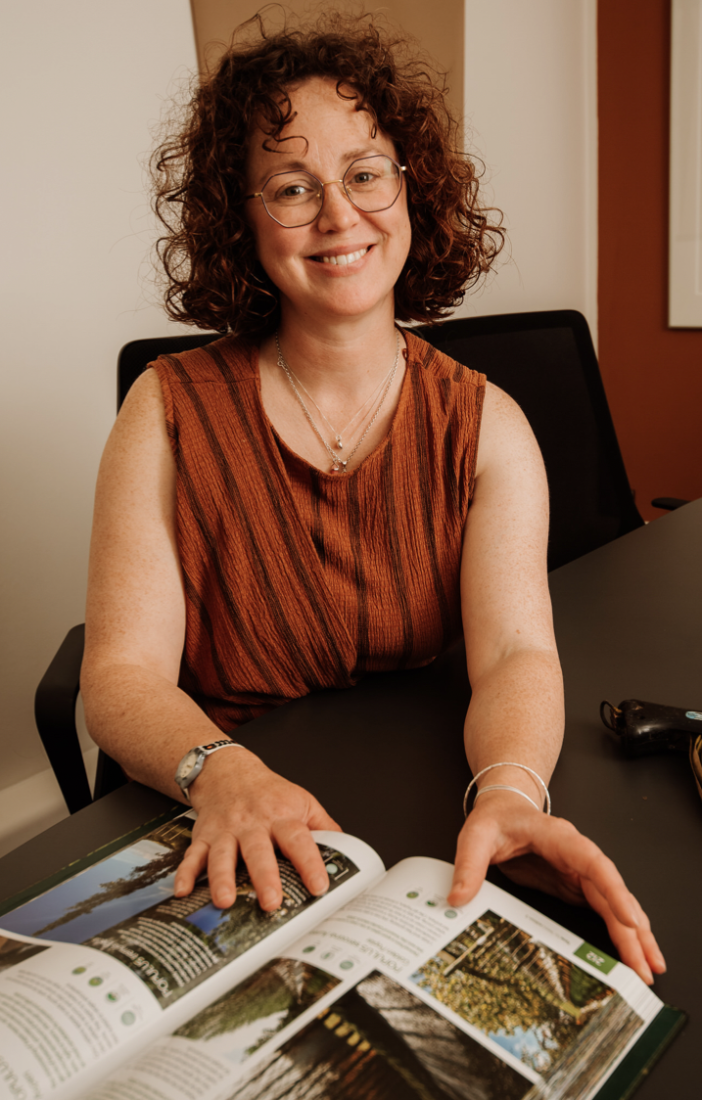
The leaves are turning, the seeds are set, and how do we feel?
There is always a sense of changing mood as the nights draw in and the leaves fall from their branches. But the colour! Oh, the colour! There is reward. The final hurrah!
Stimulation for all the senses with the crunching of the large leaves of the Horse Chestnut underfoot. Kids searching for smooth, shiny conkers. Prickly, pixie hats from beech husks. The whipping, twisting helicopters of Acers from hedgerows spin and wheel down to the moist ground to meet the earthly scent of petrichor appeasing our autumn soul. But what is happening? Why does the colour change from green to orange, red and yellow? Why do trees even drop their leaves?
Well, we know, even if we have forgotten all our biology lessons, the devastation of water in winter: rupturing pipes, de-grouting our patios, crumbling rocks to dust, moving mountains!! It is a universal truth that a life-giving force or even a relationship, once imbibed and part of our daily lives, can do extreme damage when it expands beyond us! Testing us to our limits. The deciduous tree can become a metaphor as it practically prepares for the threat of water as ice! It is powerful and expansive.
A deciduous leaf is tender. Its cell structure different to that of the woody lignin within branches and trunks of the tree. The vacuoles containing water within each leaf cell will, when frozen, expand and rupture, resulting in necrosis, which is death for the cell! So, the trees drop those leaves that are vulnerable as an act of self-protection.
During the growing months, leaves are the active factory of the plant, the trees’ life source. Via photosynthesis, they use sunlight to convert nutrients, dilute water into glucose, which is utilised around the plant, serving growth, flowering, fruiting, setting of seeds, all the active functions of the plant.
However, with reduced sunlight and drying winds, this process is a liability. Instead, the tree seals up the union point of the leaf to branch with a cork-like barrier (known as a scar), and as this happens, chlorophyll, the green pigment responsible for photosynthesis, is broken down into the much-needed sugars and drawn down into the safety of the roots. These roots protected beneath the soil store energy and intent for next year. Thus, the green disappears first. It leaves the remaining pigments, which are trace minerals, to give a slow reveal of colour: carotenoids for yellow and orange on Birch and Acer. Anthocyanins are responsible for the red fire of Cherry, Liquidambar and Virginia Creeper. These cannot be mobilised the same way by the tree, so they are dumped. A cleansing before dormancy and rest. There is no doubt all things are transient. Change is the one thing guaranteed by this wonderful life with nature. As certain as births and deaths, there is change.
There is the need for decay in order to have a rebirth, and leaf mould is good stuff for the localised environment, too! Then, the tree stands denuded as a rooted reminder of resilience and the continual cycle of life. I feel this is the perfect reflective process for us all. We are, of course, pure nature ourselves. We know and feel universal loss. But we can see how it helps to shed off those elements we no longer need and know that they will be replaced in our next season of growth. I hope that this is a poetic notion of seeing more in the cycle of nature can be a comfort now. There is no death in winter but latent rest, and there is sheading in order to grow fresh again.

Lucie Giselle Ponsford
Lucie Giselle Ponsford is a mother of two little people. In her professional sphere, she is a Garden Designer and owner-operator of Mimosa Garden Design Ltd. She is a Horticultural Expert and Garden Writer, she is the RHS number-one expert on wisteria pruning. In her spare time, she loves to paint watercolour, enjoys the great outdoors with the kids and Margot the dog and is an avid writer of poetry and historical fiction.
